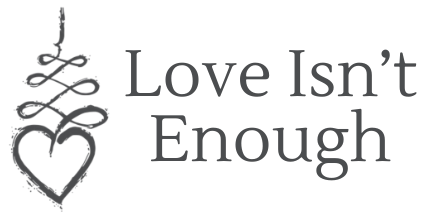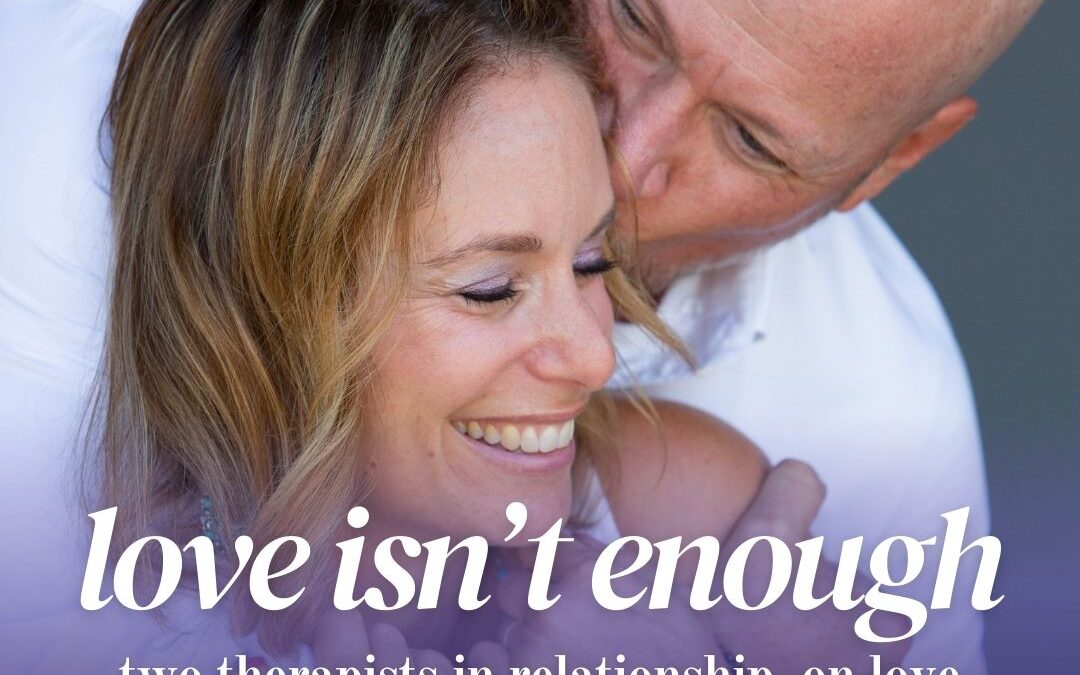One of the most common and painful patterns in relationships is what’s known as the “anxious-avoidant trap.” If you’ve ever found yourself desperately wanting connection while your partner pulls away—or vice versa—you’re not alone. This dynamic can feel like an endless dance of miscommunication, fear, and unmet needs. At the heart of this pattern lies attachment theory.
Understanding Attachment Styles
Attachment theory explains how we relate to others, especially in close relationships. There are three main attachment styles:
Secure Attachment: A child feels safe to explore the world knowing a caregiver will be there when they return. This builds trust and emotional security, forming the foundation for healthy adult relationships.
Anxious Attachment: This style develops when a child’s caregiver is inconsistently available. As a result, the child (and later, the adult) is unsure if others will be there for them, leading to a strong fear of abandonment and a craving for closeness.
Avoidant Attachment: This forms when caregivers are emotionally unavailable, even if physically present. These individuals learn to rely on themselves and may feel discomfort with intimacy, pulling away when things get emotionally intense.
It’s important to remember: attachment styles are not permanent. They’re patterns learned in childhood but can shift over time with awareness and relational work. In fact, this is often one of the major goals of couples counseling is to shift the individuals’ attachment styles to that of a secure attachment style, as that is where the relationship feels safe, secure and fulfilling.
How the Anxious-Avoidant Dynamic Plays Out
When someone with an anxious attachment style partners with an avoidant, it often creates a feedback loop of fear of abandonment, tension and frustration.
During times of conflict, the anxious partner seeks closeness and reassurance. The avoidant partner, feeling overwhelmed, pulls away to self-regulate and calm down. This withdrawal increases the anxious partner’s fear, leading them to pursue even more intensely. That, in turn, pushes the avoidant further away. It’s a cycle that feeds itself, often leaving both people feeling unseen, unsafe, and emotionally exhausted.
Dr. John and Joree, top couples therapists and co-founders of the Love Isn’t Enough Podcast, know this pattern intimately—from both personal and professional experience. In their own relationship, John’s avoidant tendencies and Joree’s anxious patterns clashed in a way that mirrored what many couples go through. Arguments would escalate until John became emotionally flooded—his nervous system in fight-or-flight mode—and he would shut down so as not to say anything hurtful in anger. In turn, Joree would feel abandoned and escalate her attempts to reconnect, further triggering John’s need for space.
The Role of the Nervous System
These behaviors aren’t just psychological—they’re deeply neurological. When one partner becomes emotionally flooded, their ability to think clearly shuts down. The prefrontal cortex, responsible for logic and communication, goes offline. In that state, attempts at resolution are almost always futile.
Timeouts can help. The Gottman Institute recommends a minimum of 20 minutes and a maximum of 24 hours. The key is communication: let your partner know when you’ll be back. But even that can be challenging, especially when past attempts to repair have failed or if trust hasn’t yet been rebuilt.
Healing the Dynamic: Self Work & Relational Work – Simultaneously
Resolving the anxious-avoidant trap takes more than couples therapy. It requires self-awareness and deep individual healing.
For Joree, the healing came from learning to self-regulate. Instead of panicking when John needed space, she found ways to care for herself: going for a walk, sitting by the lake, self-soothing, or deep breathing. These weren’t just acts of distraction; they were reclaiming a sense of agency.
John’s work involved recognizing that his instinct to withdraw was rooted in fear and shame—fear of saying the wrong thing, of being inadequate, of not knowing how to repair. He had to learn how to stay present in discomfort and trust that conflict wouldn’t necessarily lead to destruction.
One of the most powerful shifts came when Joree began initiating space herself. Instead of waiting for John to pull away, she chose to step back, calm herself, and return to the conversation grounded. This act of autonomy disrupted the old narrative of abandonment and gave her the power to co-create safety.
Building Secure Attachment Together
The journey from anxious or avoidant to secure doesn’t happen overnight. But with intention, communication, and compassion, couples can rewrite their story.
It starts with recognizing the pattern—not as a character flaw, but as a nervous system response. From there, both partners must take responsibility: the avoidant learning to stay present a little longer, and the anxious learning to find regulation within.
Ultimately, love isn’t just about feelings. It’s about the daily, often messy, work of self-growth, mutual respect, and healing. And in the anxious-avoidant trap, that work is both the challenge—and the key—to lasting connection.
To work with Joree and Dr. John on improving the happiness and safety in your relationship, email them at Joree AT JoreeRose.com.
Wanna Climb Higher Up The Happiness Hill ? Here’s Where To Begin Your Ascent:
😡 For info on Dr. John’s Ultimate Online Anger Management Class (which has over 20,000 graduates!), visit his High Performer Shop.
🧠 Top tools for emotional mastery and high tech execs from the best executive coach in the San Francisco Bay Area:
💬 The best podcast for relationships and those who want to create a happier, safer love life:
👉 For the tremendous work Dr. John & Joree are doing to heal relationships, visit their top couples counseling site:
🎙️ Straight talk on evolution, masculinity & growth on the best podcast for men:
🌱 Joree’s expert work on mindfulness, therapy & transformation from the best therapist for women near you:
📸 For more info on the superb counseling Joree is doing with women who are stuck in their lives, visit her site at
👉 MindfulnessAndTherapyCenter.com
💬 The best podcast for women who seek to get unstuck in live and make the next 30 years better than the last 30:


Recent Comments